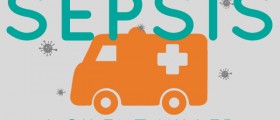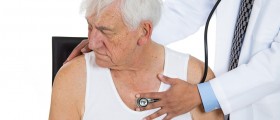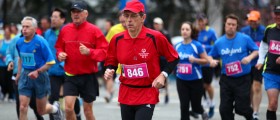
Breathing (respiration) is the essential process of the human body. It provides oxygen for the body and takes away the carbon dioxide from the blood. This is what it does, but how we do it also matters. It can reveal the condition of our body and point to some medical conditions.
Respiratory rate is the number of breaths in units of time. What we measure is how many times a person inhale and exhale in a minute, and the units of respiratory rate are breaths per minute. When measuring respiratory rate, we should count the numbers of time someone’s chest expanded and contracted in one minute. Children and athletes might have extremely high respiratory rate, even 75 breaths per minute, while some other adults may breathe just 12 times in the same 60 seconds.
Normal Respiratory Rate
Normal respiratory rate should be measured while the person is at rest, and, if possible, without any stressful events. Many factors affect the normal rate, including the age and gender of the patient. Age, especially, can lower the normal respiratory rate significantly. Certain medical problems of the patients can also increase of decrease the rate. Seizures, premature birth and acid reflux disease are some of these conditions. Lung problems, such as asthma or bronchitis might be responsible for lower or higher respiratory rate,too.
Children normally have much higher normal respiratory rate than adults. For newborns, it is considered normal to breathe 30 to 60 times in one minute. Babies up to 6 months breath 20 to 40 breaths in 60 seconds, while young children (up to 5 years) have 20 to 30 breaths per minute. Older children usually have 16 to 25 breaths in oneminute.
Adults breathe less often, but because of the development of the lung they can inhale much more air than children. Doctors agree that an adult person should breathe some 12 to 20 times per minute.
Bradypnea
This is the condition when patient’s respiratory rate decreases significantly. In most cases, it is caused by metabolic disorder or tumor. People sleeping, using benzodiazepines, morphine or other narcotics or abusing alcohol might also have bradypnea.
Tachypnea
Respiratory rate faster than normal is known as tachypnea. In children, it can be caused by a common cold, fly, asthma or pneumonia. The common causes of tachypnea in adults are lung and breathing problems, such as asthma, COPD (Chronic Obstructive Pulmonary Disease) or pulmonary embolism.
Apnea
When a person stops breathing it is called apnea. Sleep apnea happens during the night sleep, because of the blocked airways. Chocking, asthma, cardiac arrest or abuse of drugs may also lead to apnea.







,-Asthma-And-Anxiety_f_280x120.jpg)









Your thoughts on this
Loading...